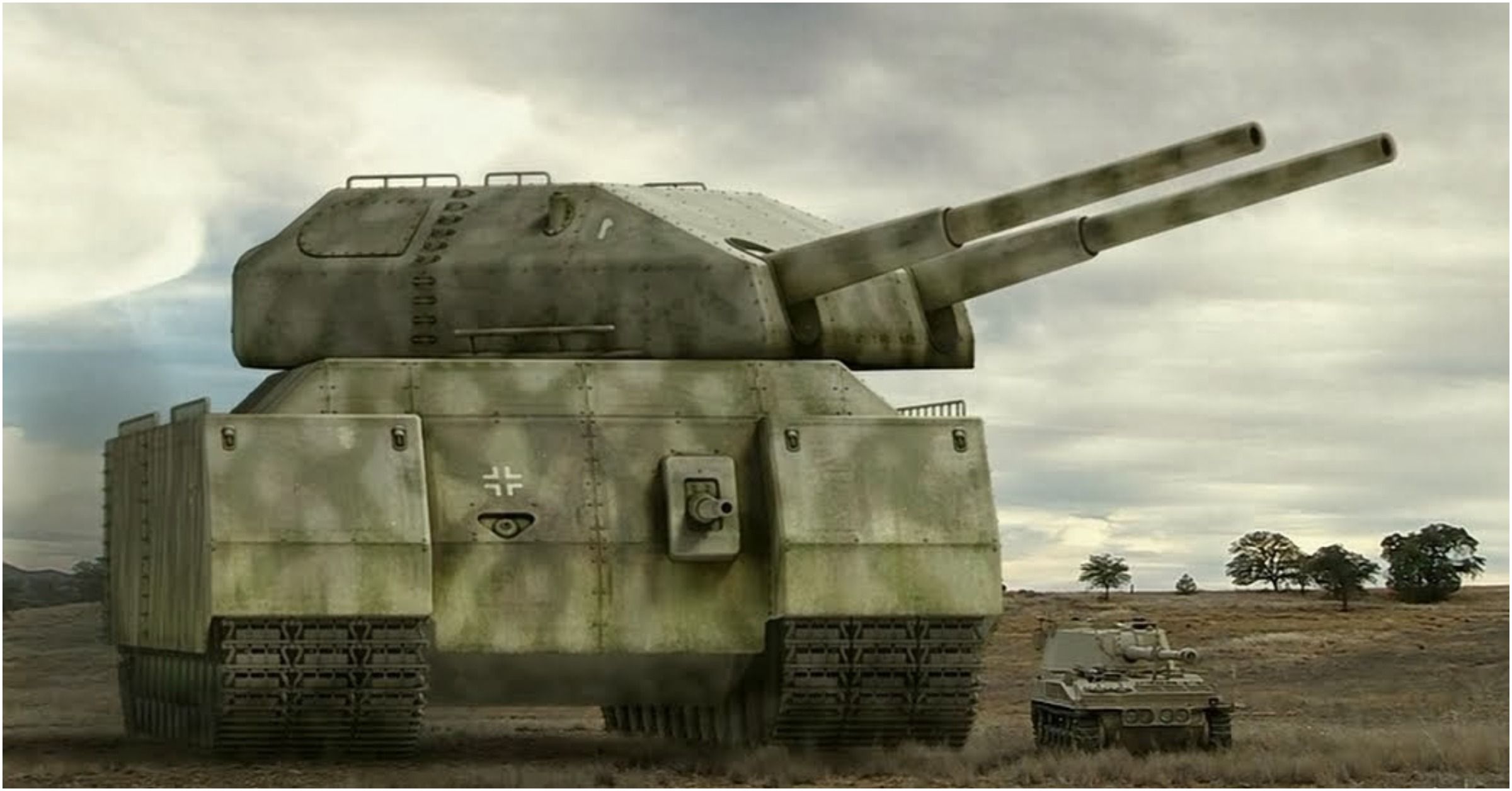

With around 285,000 residents, it is also the least populated province, with a density of 64/km2 (170/sq mi), making it a relatively sparsely settled part of a very densely populated region. It has an area of 4,459 km2 (1,722 sq mi), making it the largest Belgian province. Its capital and largest city is Arlon (Luxembourgish: Arel, Dutch: Aarlen), in the south-east of the province. It borders on the country of Luxembourg to the east, the French departments of Ardennes, Meuse and Meurthe-et-Moselle to the south and southwest, and the Walloon provinces of Namur and Liège to the north. Luxembourg (French: Luxembourg (About this soundlisten) Dutch: Luxemburg (About this soundlisten) German: Luxemburg (About this soundlisten) Luxembourgish: Lëtzebuerg Walloon: Lussimbork), also called Belgian Luxembourg, is the southernmost province of Wallonia and of Belgium. This route is specially made for the “MRA NAVIGATION GRAND TOUR 2019” The losses suffered by the Germans during the offensive were decisive for the further course of the war. The delay in the German advance caused by the Battle of Bastogne proved to be crucial for the course of the offensive. The Allies wanted to defend the city at all costs. Bastogne was a crucial traffic junction in the Ardennes, dominating the north-south and east-west route. Nevertheless, small allied units managed to slow down the German advance (for example in Bastogne). In the beginning there was chaos among the Allies. From 16 to 20 December 1944, German troops advanced towards Stavelot, Sankt-Vith, Houffalize and Bastogne. Due to underestimation of the German fighting power and the failure of the intelligence services, the Allied forces were completely taken by surprise by the German attack. Adolf Hitler then wanted to advance further to Antwerp and recapture this important port. A rift between these two allies would pave the way for peace negotiations. The British and Americans would be separated from each other. The aim of the German attack was a breakthrough through the Ardennes that would split the Allied forces. Many of these divisions had just been formed or re-equipped. As many as 24 German divisions were involved in the offensive. On December 16, 1944, the Germans launched a final large-scale offensive against the rapidly advancing Allied forces on the Western Front.


 0 kommentar(er)
0 kommentar(er)
